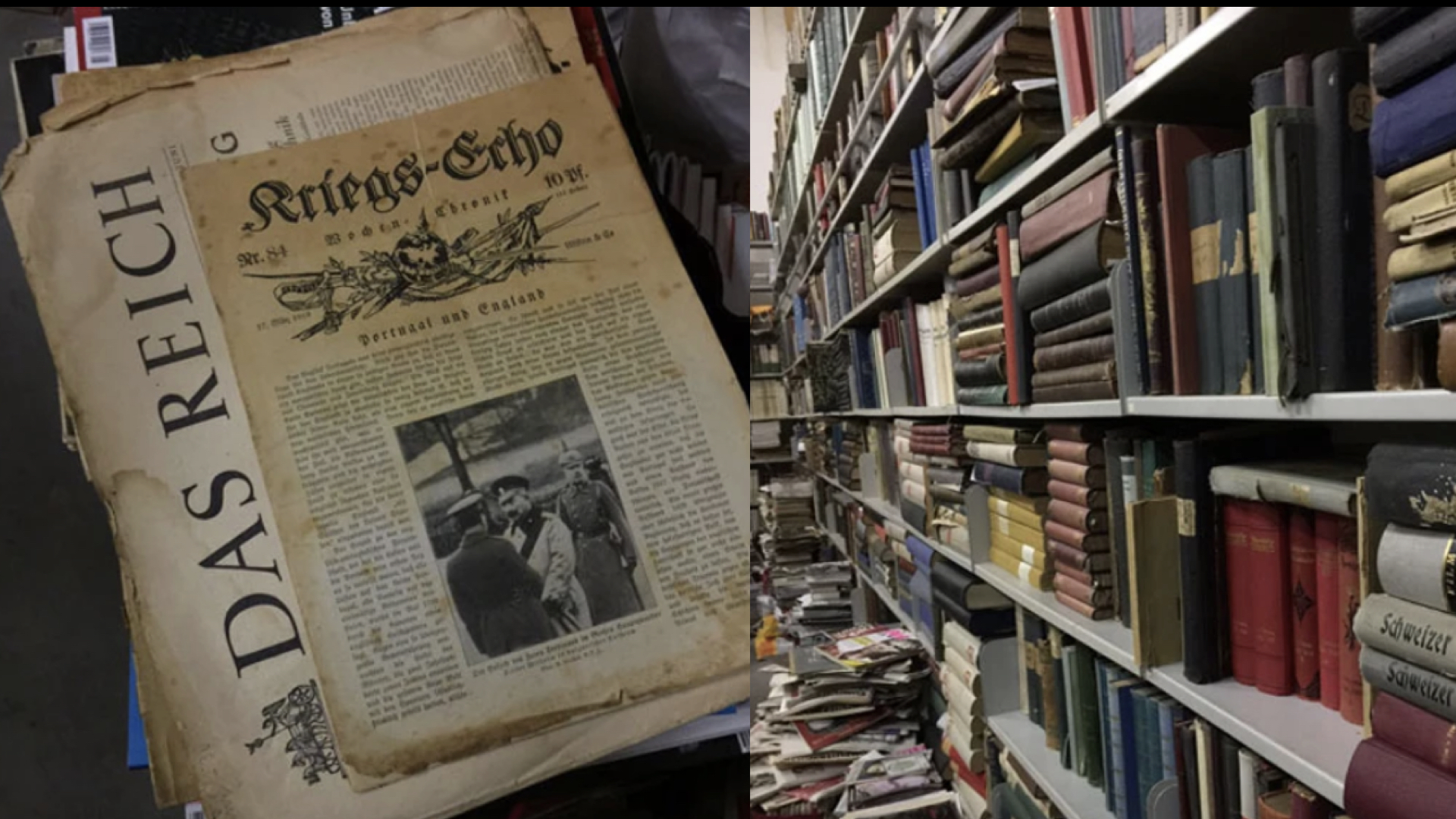
Hoarding is akin to a mania.
Designers more often than not tend to be collectors, if not crazy hoarders, of design and pop culture stuff (read as artifacts). Some go so far as to build warehouses and rent apartments in order to store all manner of graphic design ephemera, product, and industrial objects. When I think of a collector, whose house was indeed a museum, Robert Miles Runyon comes immediately to mind. He was among the quintessential collectors of graphic, product, and industrial art from the highest peak to the lowest depth. One of his treasures was a brightly lit functioning 1940s gasoline pump, an enviable item, as well as the requisite barber chairs, soda fountain equipment, and more — not just nostalgic curios but in some ways injected into his work. Runyon died in 2001, leaving a legacy of his own respected corporate client work (including the logo for the 1968 US Olympics) and a home full from top to bottom with treasures galore. To date, it is not entirely clear where it all resides, which not only defeats the goal of preservation but disassembles a lifetime’s work. (Perhaps someone reading this will know where it all went.)
At some advanced age it may no longer possible to properly care for what one has, overtime collected, and with luck may have grown into a richly valuable contribution to the study of design. Runyan’s own work and collection are presumably dispersed. The many logos and identities he designed over his career maybe held at a university archive or library, but a brief scan of Google did not result in where to find the material.
Runyon was of a generation where keeping design archives was not as critical to the study of design history as it is today. He died in 2002, before the Baby Boom generation had seriously considered that it was important to their predecessors and their stuff for posterity or scholarship. Nonetheless, these days, everyone gets on the preservation bandwagon when comes a point of no return and the scrambling begins. Putting our real and metaphorical house(s) in order is fast approaching. What do we do with our stuff?
As I’ve reminded designers before, if the time is nigh, you’d better find an archive or library pronto! And this should not simply be a swap shop where you drop off your stuff and wait. Fortunately, many new public and university/college archives have opened in recent years. Of course, some iconic items can be sold at auction houses, like Wrights’ in Chicago, which handled auctions of Paul Rand and Milton Glaser after their passing (in Rand’s case a handsome catalog was produced). Rand’s work is also maintained at the eponymous archive at Yale. While George Lois sold his to the City College of New York City. Herbert Matter’s archive resides at Stanford University and parts and pieces of other collections are here and there.
Personally, I’ve given pieces to the Cooper Hewitt Design Museum, with the majority of my own work and things I have collected to School of Visual Arts’s Milton Glaser Study Center. On occasion, institutions will pay for the material they’ve acquired yet considerably more do not have funds for acquisitions. Still, to give the material away is better than throwing it away.
Designers, illustrators, and aritsts of all kinds, have been aware that to preserve their life works either developing a foundation that will manage the work (including scholarship and sales), donating as much as will be accepted to one or more institutions, create an online store or marketplace for the material is essential. That, or simply throw it out. Of the latter, it is doubtless the easiest, though regrettable, solution, yet if lucky, reducing the number of designed stock in circulation, invariably raises the value of what remain (sometimes). Of course, another solution is selling it yourself on Ebay, a humiliating though occasionally profitable alternative.
Whatever you choose to do, it is important to realize if you don’t find homes for your stuff before you demise, it will become someone else’s responsibility — and a major one at that. So, ideally there is a life cycle for maintaining your own or collected material. It goes as follows in the first image below:

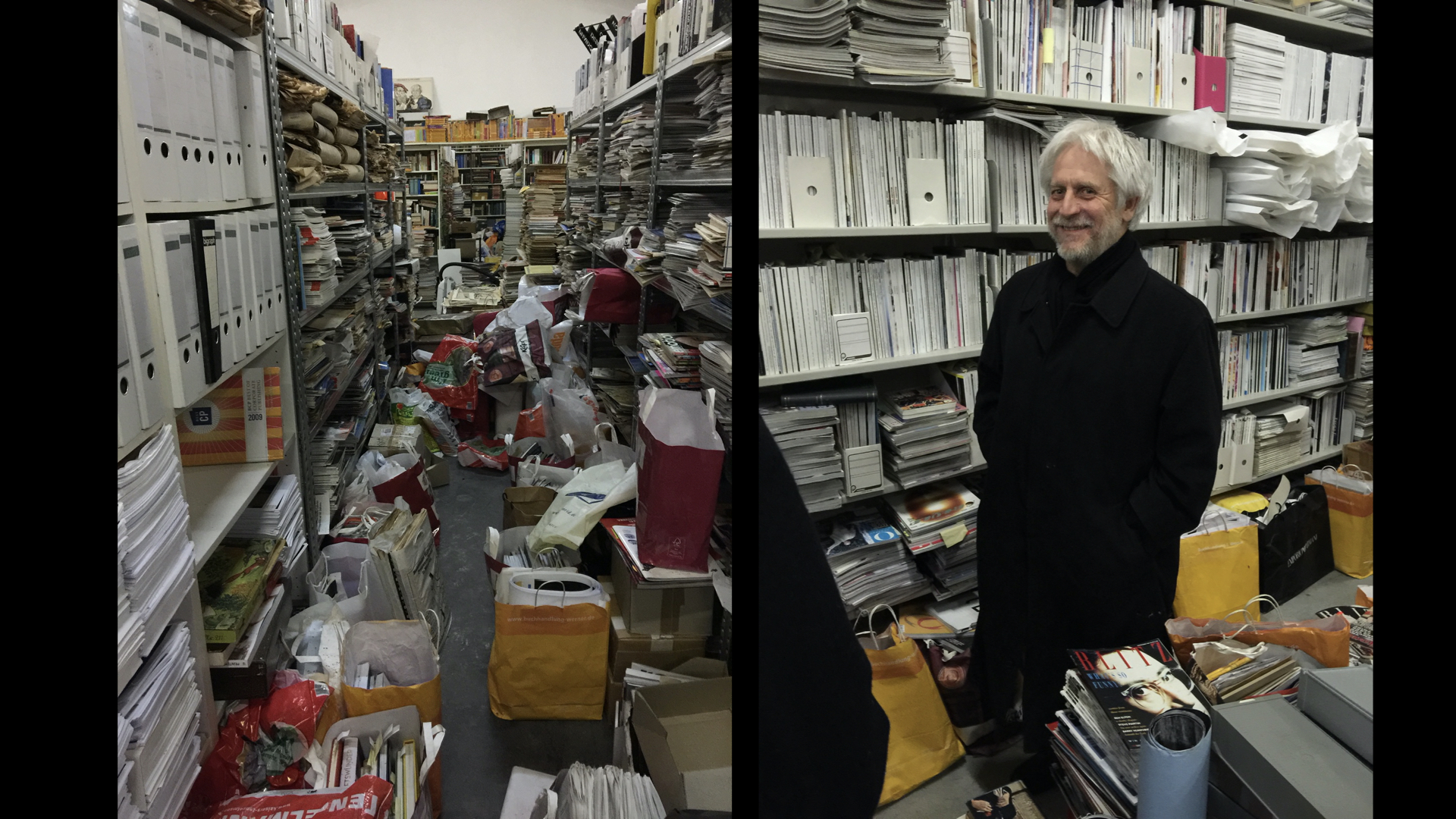
Horst Moser, has a huge warehouse where he stores magazines from floor to ceiling (with a crane).
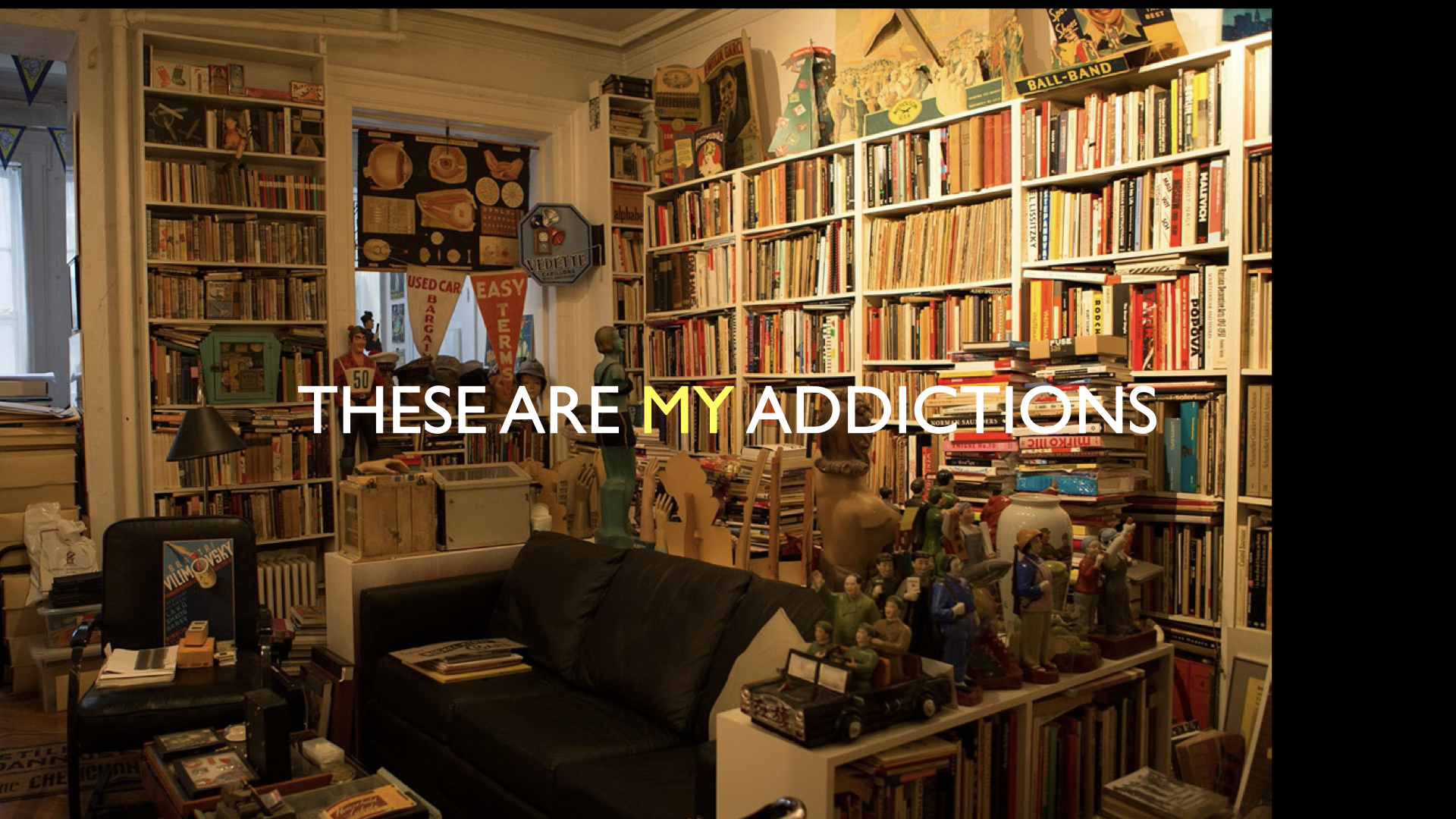
These are some of my hoards
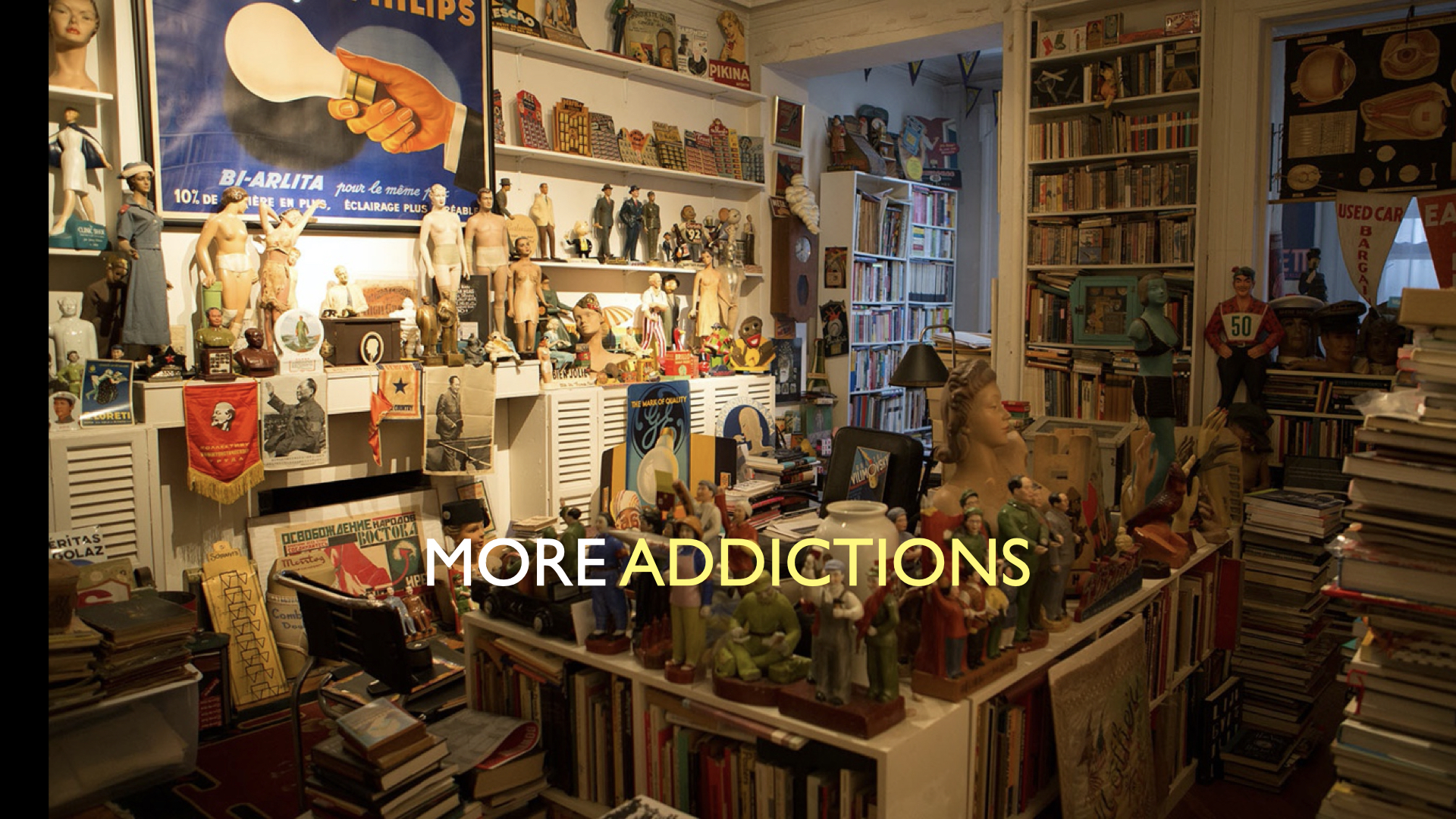

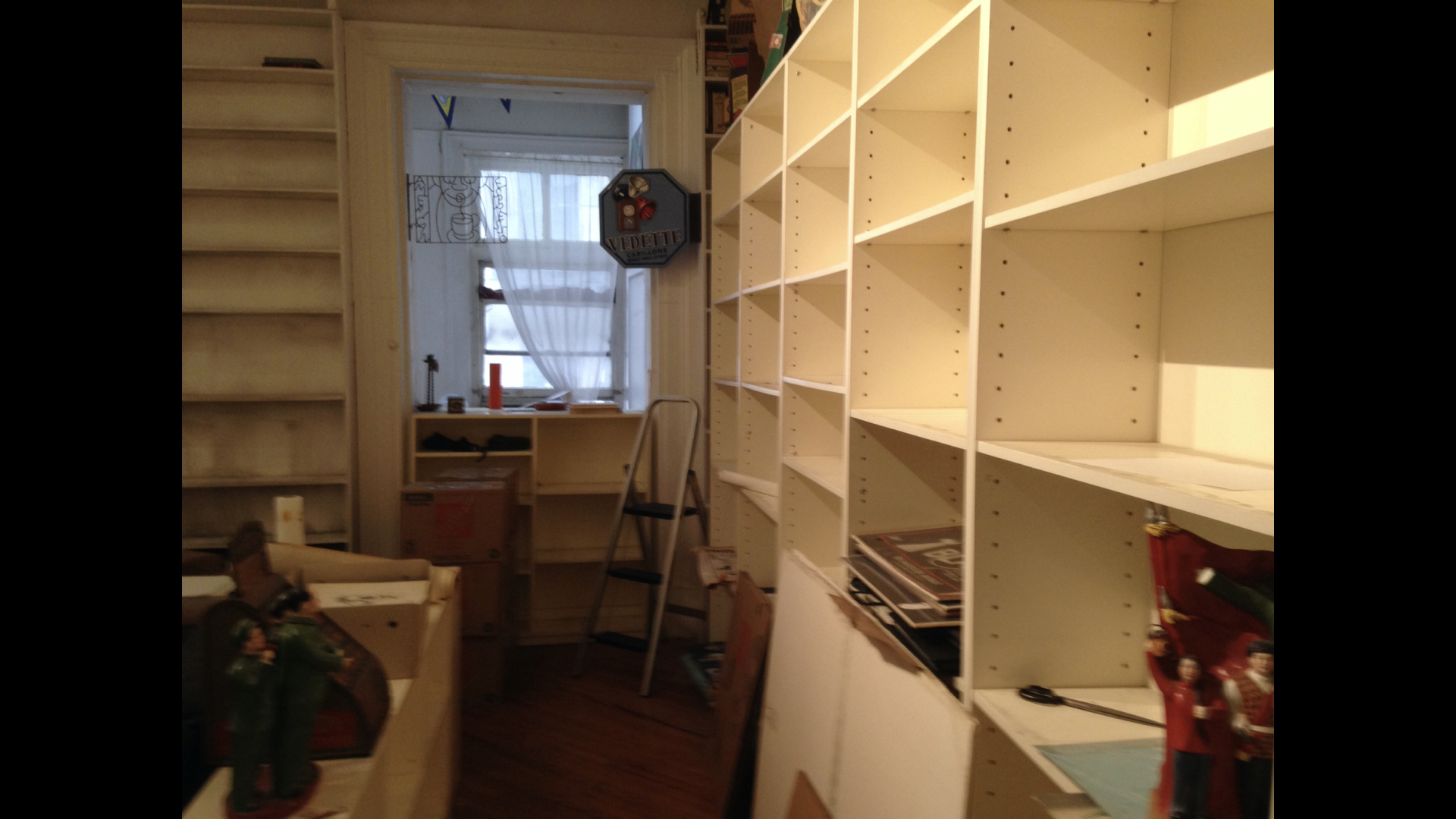
At some point you have to let go.
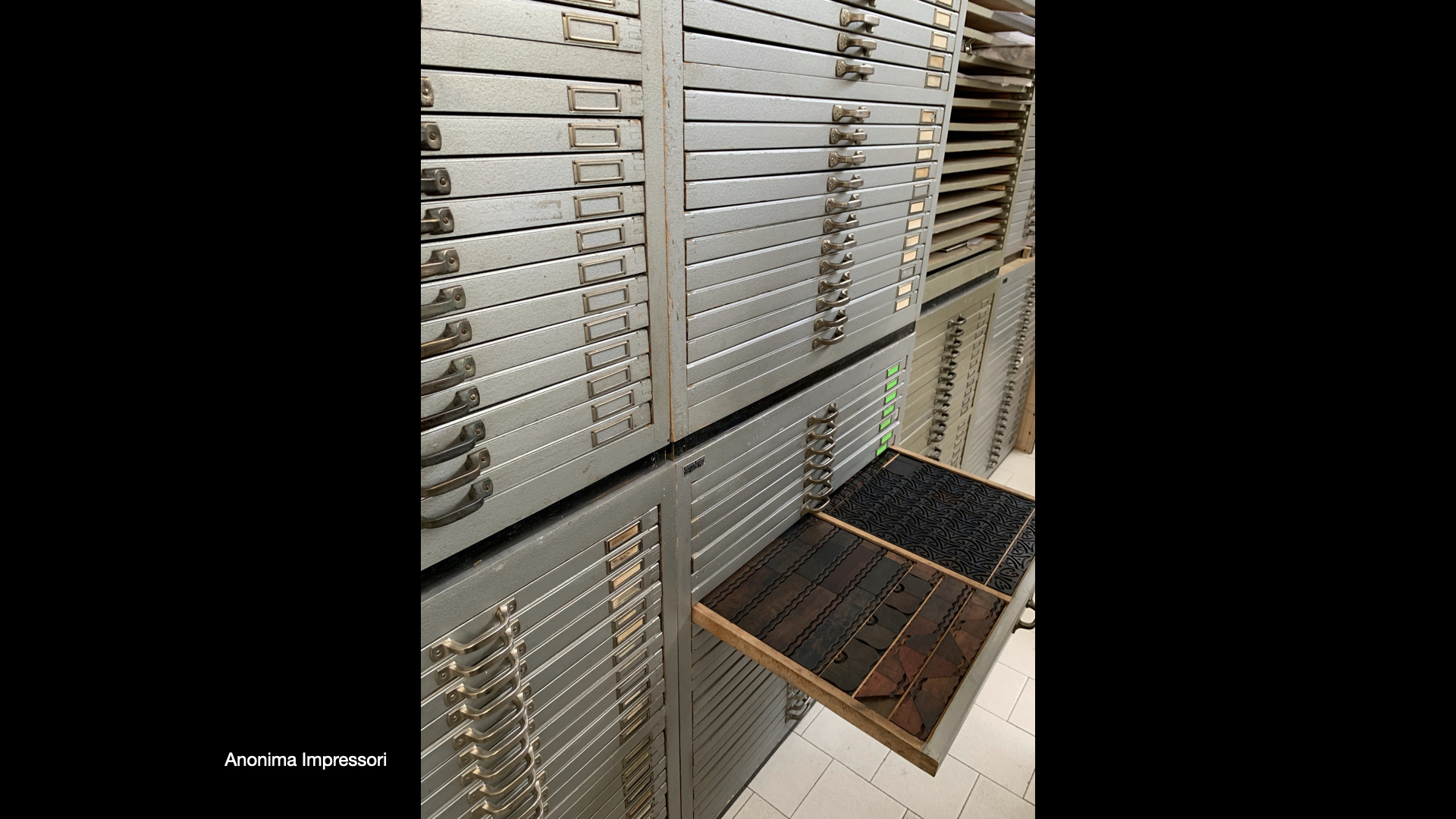
The best way to preserve is to organize.
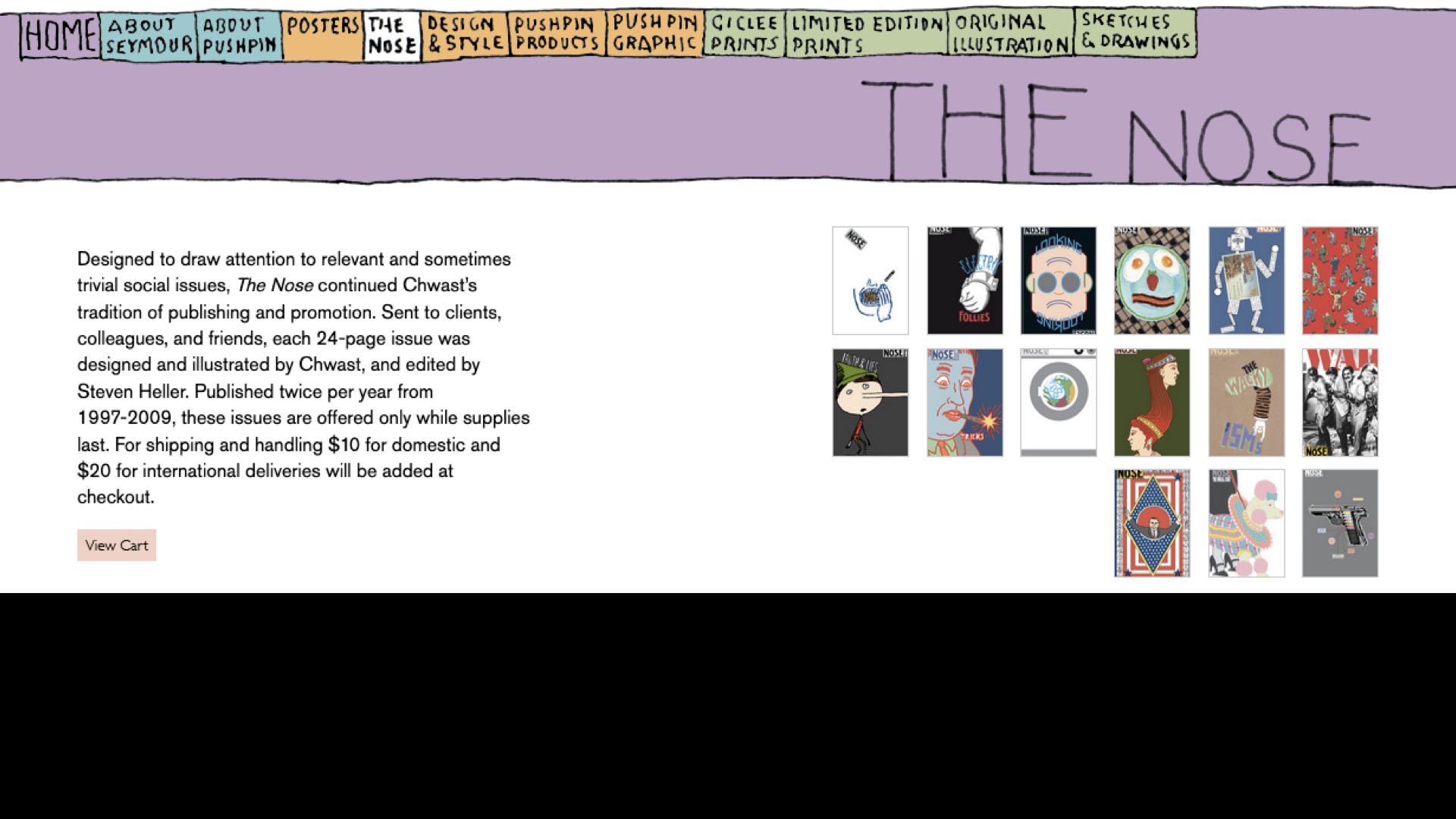
Accessible organization can be online, Seymour Chwast.
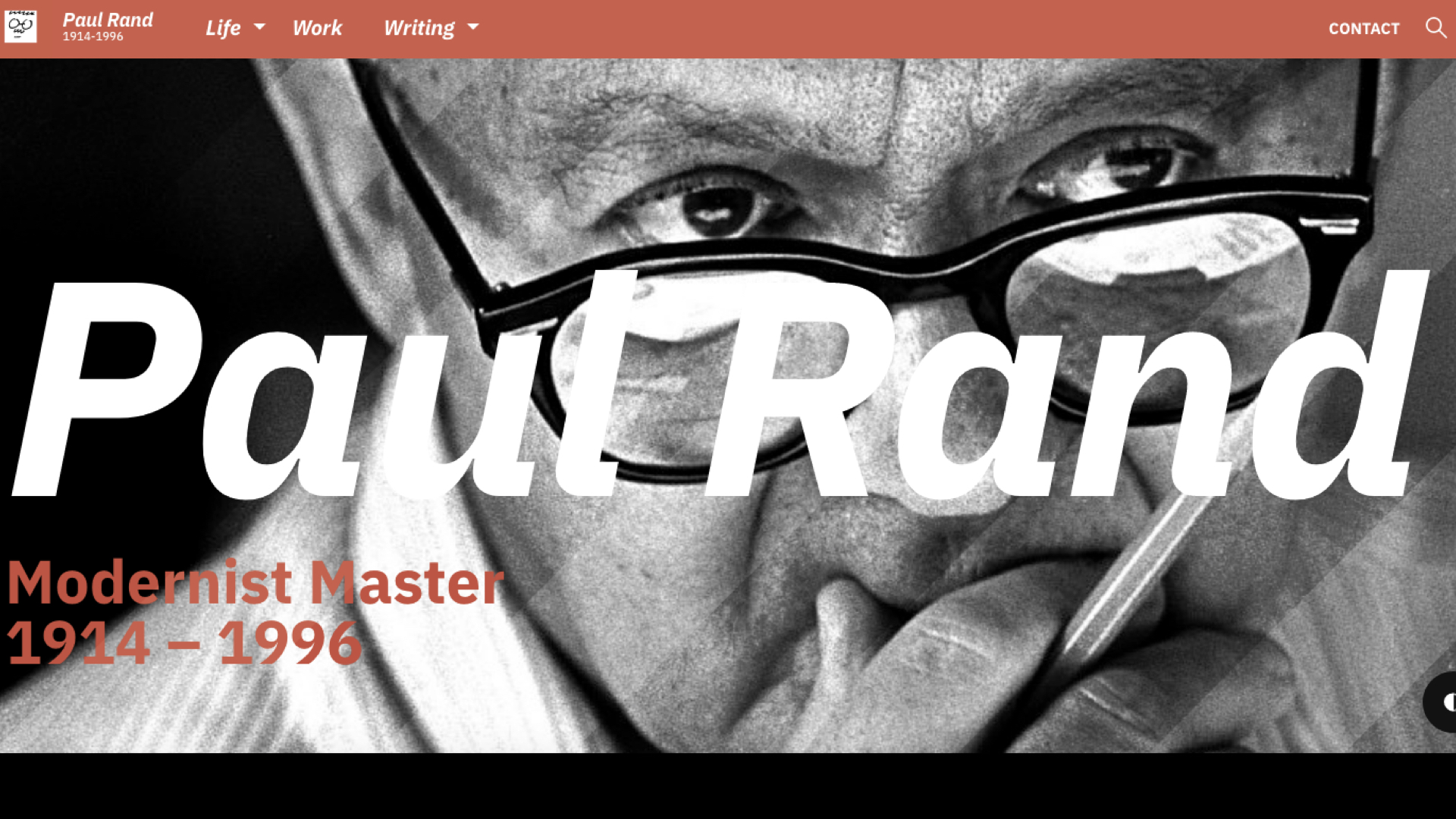
Online archive for Paul Rand.

Online archive for Alvin Lustig.
